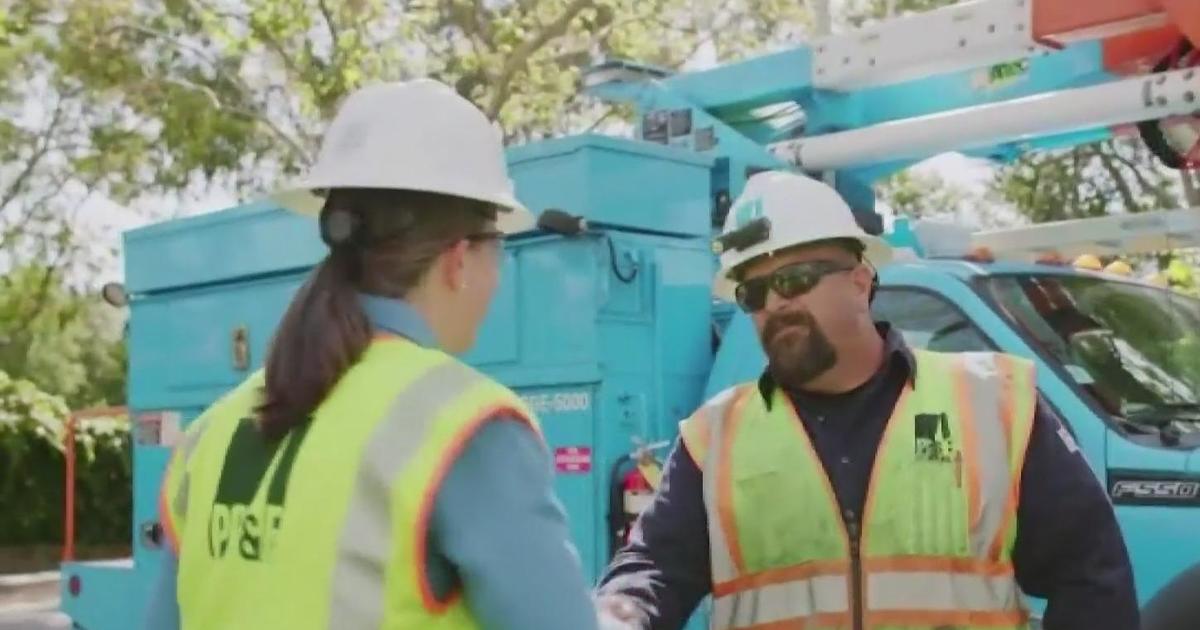Bracing For Blackouts: PG&E Tool Helps Customers Prepare For Potential Power Outages
SACRAMENTO (CBS13) — On Monday, PG&E text messages told people that there was a chance they could lose power some time this week due to California ISO-required rolling outages. However, there were few details, making it impossible to plan for the potential outages.
A new tool from PG&E went live Tuesday, allowing customers to enter their address and find out if, or when, they are at risk of a rolling outage on any given day.
The number of potentially affected households will vary from day to day depending on the need. For instance, California ISO said they might need 4,400 megawatts statewide Monday and closer to 2,000 megawatts around mid-day on Tuesday.
One megawatt can impact more than 700 households.
The power grid operator said there were no outages on Monday because customers conserved enough energy, including state and city governments which shut down offices early in the day. In fact, California ISO said they had never seen energy usage drop as dramatically as it did Monday around 3 p.m.
These are the first rolling blackouts for the state in more than 20 years. However, this is not the first time we've seen weather this hot for an extended period of time. In 2006, California had a similar weather pattern but there were not any rolling blackouts - which has many wondering, why now?
Meteorologists note that this weather system is more humid than the one in 2008, but the load on the power grid is roughly the same. Experts say the primary difference today is the state's greater reliance on renewable energy.
"We cannot count on the wind and solar on being here as reliably as we could have counted on the natural gas-fired power," California ISO board member Severin Borenstein said.
READ ALSO: Gov. Newsom Declares Statewide Emergency Amid Heat Wave, Extreme Weather
Borenstein, an energy expert, stresses that doesn't mean renewable energy is to blame for the outages.
"We have less gas and less nuclear capacity and we have more solar and more wind," Borenstein said. "I think the planning for that hasn't been taken as seriously as we need to. How is that solar and wind going to perform and how do we maintain reliability (during) these really rough heat spells?"
California ISO acknowledged Tuesday that if the wind had not died down on Saturday, the outage that day could have been avoided.
The load on the system this week has actually been lower than during the heat wave of 2006, and we're told the available capacity is about the same. But Borenstein says the available capacity number listed on the California ISO website includes renewable energy and other factors that can fluctuate.
"I am advocating for taking that off the website because I think it's a bit misleading," Borenstein said.
He says renewable energy can sustain our power load with proper planning and noted that the governor ordered an investigation into what went wrong and how we can avoid these outages in the future.
"We need to either have battery storage or we need to have reliable imports of power from other parts of the West," Borenstein said. "Or we need to be able to reduce demand in certain ways," he said, pointing to the successful energy conservation efforts on Monday and Tuesday.



